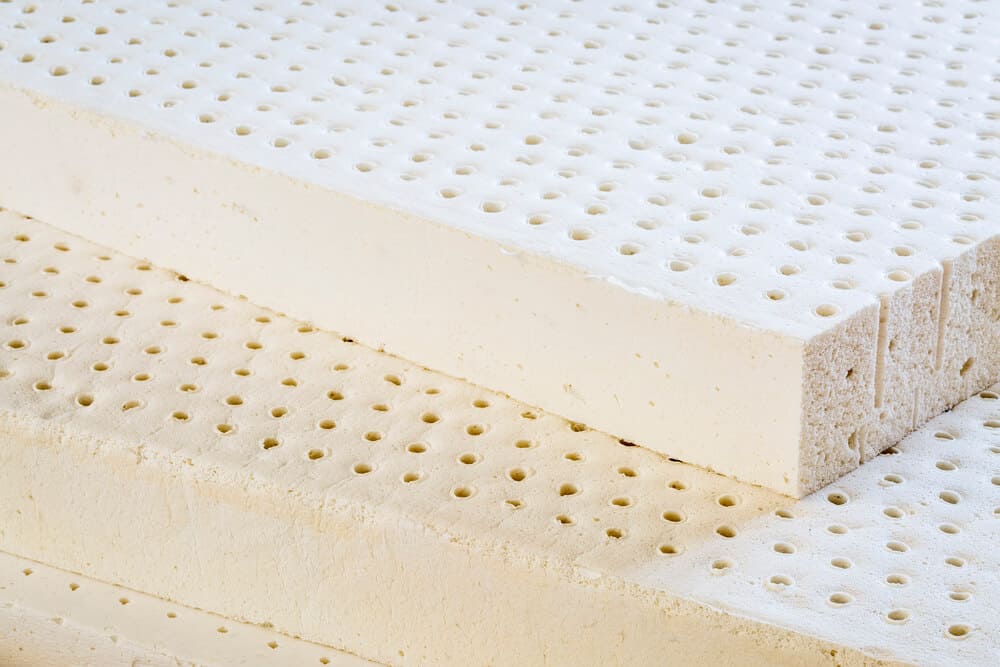Latex-made products are part of our existence.
Our daily lives.
But do you understand its impact on the environment?
Is it biodegradable? This post discusses all you need to know about the environmentalism of latex.
What Is Latex?
While latex may look like a recent invention, this gift of nature has been around for centuries.
Latex is everywhere. On trees. In a typical dandelion weed. However, they’re usually found on rubber trees.
A chemical process is involved in latex transformation to rubber.
The ability to come back to its original shape after being stretched is one of the unique features of this polymer.
Is Latex Eco-friendly?
Latex is applicable in various rubber-made products across multiple industries.
The thing is, just because it is widely accepted doesn’t make it an eco-friendly choice. So let’s dive deeper into how it can impact the environment.
It is easy to think of natural rubber as eco-friendly.
But that may not be the case, especially at the production phase.
Documented evidence found that latex can pose a threat to the environment.
Production of latex by-products like rubber sheets can negatively impact the local air and local water.
Concerned communities often complain of offensive odor.
In addition, the particles of smoke when burning rubber wood can lead to widespread environmental problems.
Local staff is prone to smoke hazards, and the environment is also susceptible to greenhouse emissions from smoke.
Water is a critical component of the rubber production process which may cause water waste.
Rubber production may poison the water supply of the concerned community.
During the rubber to the latex production process, issues don’t end here.
Wastewater increases, causing smell pollution that may affect worker’s work ethics.
Some rubbers may wash away, blocking the drain and natural waterway blockage.
Although these are real-time issues, taking the right step can mitigate their effects.
The first problem is that rubber production is prevalent in places with limited rules and regulations.
Thankfully, it’s becoming evident that change is on its way.
For instance, feasible strategies to combat climate change have been put in place in regions like Malaysia.
There are efforts towards analyzing the effect of the local rubber industry on a community.
Meanwhile, collective efforts include creating an effective, sustainable rubber farming strategy.
Sustainable rubber farming takes away the risk of deforestation from rubber tree harvesting.
Herbicides usage is also reduced.
A typical rubber tree reaches maturity within 7 years or more.
So Farmers must design a plan that ensures regular production with no deforestation.
However, this strategy involves a bit more investment which has been a significant setback to local markets.
To support sustainability in your little way, always patronize a company that uses latex from sustainable sources.
For instance, BMW, General Motors, and a few other significant companies source their rubber from sustainable farms.
Is Latex Biodegradable?
Latex comes from the rubber plant. So it’s biodegradable.
It begins the decomposition process immediately after they’re thrown away.
However, this process won’t complete quickly.
How Long Does It Take Latex To Biodegrade?
While latex is considered biodegradable, it may take between 6 months to 4 years to decompose.
Plus, they may be harmful to the environment before they decompose.
Because it’s going to decompose doesn’t mean the process will take the quick route. This is what to expect with latex products.
Rubber latex gloves are a great example.
Although they’ll eventually delay, the process won’t happen so quickly. So we don’t recommend latex gloves for cold composting.
Latex will decompose in a hot composting bin.
But this process won’t happen quickly.
Be careful of sustainable brands that promise complete biodegradable rubbers.
Although the green market is experiencing fast growth, that doesn’t mean you shouldn’t weigh brand claims.
I’ve seen brands boast of complete biodegradability, which was eventually a fad.
For example, brands advertise their balloons as biodegradable.
However, put them to the test, and you’ll realize they’re not up to par as claimed.
A study found that acclaimed biodegradable latex balloons remained intact in a bin 16 weeks after being thrown away.
This explains the difference between biodegradability and specific decomposition rate.
Several studies reveal that latex balloons can remain intact and undecayed for over a year.
The environment plays a significant role in the decomposition rate.
For instance, balloons decompose faster in water than on land.
Overall, the fact is that while latex will eventually decompose, it won’t take a quick process to achieve the desired result.
So it’s vital that you can consider the reality of the environment you intend to decompose your late,
Bottom line
The truth is that latex products have become a part of our everyday lives. This gift of nature has been around for centuries.
It’s critical to understand how well it can impact the environment. Take time to study the disposal strategy that suits your environment.


